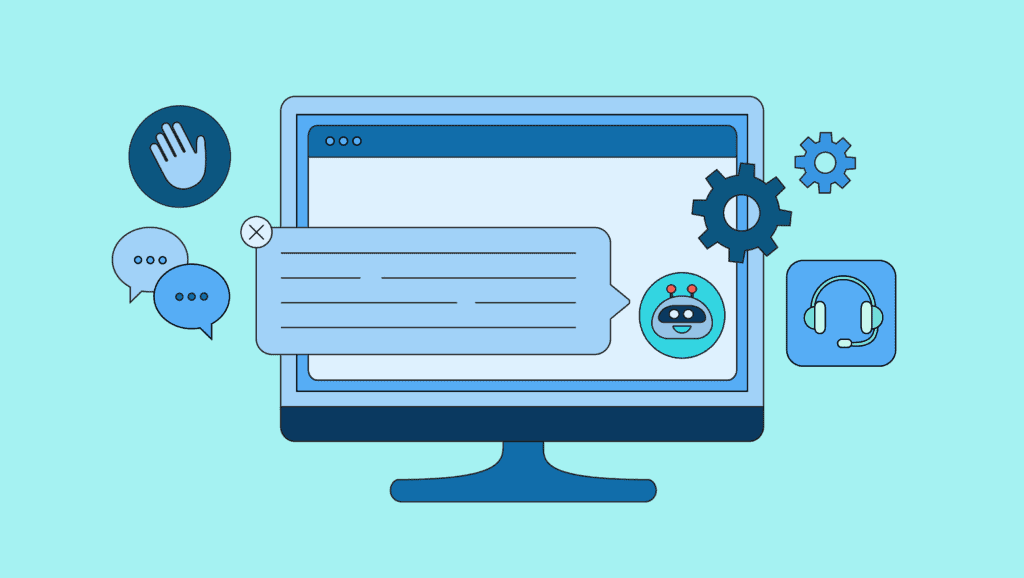In recent years, the realm of enterprise AI has witnessed a profound transformation, driven by the widespread adoption of open source technologies. This paradigm shift has not only democratized access to advanced AI capabilities but has also paved the way for unprecedented innovation and collaboration. In this article, we will explore the exciting intersection of open source and enterprise AI, dissecting its impact, potential, and the key drivers behind this transformative journey.
Unlocking the Power of Open Source AI
Embracing Collaboration
The cornerstone of open source AI lies in its collaborative nature. Unlike closed, proprietary systems, open source projects welcome contributions from a diverse community of developers, data scientists, and AI enthusiasts. This collaborative spirit fosters innovation, as individuals from around the world come together to solve complex challenges.
Accessibility and Affordability
Open source AI democratizes access to cutting-edge technology. It eliminates the financial barriers that often restrict smaller enterprises from leveraging the full potential of AI. By making powerful tools and libraries freely available, businesses of all sizes can harness AI to drive growth and efficiency.
The Burst of Innovation in Enterprise AI
Rapid Development
One of the most significant advantages of open source AI is its ability to facilitate rapid development. Developers can leverage existing frameworks and models to jumpstart their AI projects, significantly reducing the time to market for new AI solutions.
Customization and Flexibility
Open source AI empowers organizations to customize AI solutions to their specific needs. Whether it’s fine-tuning models for unique tasks or integrating AI into existing workflows, the flexibility of open source tools is a game-changer.
Perplexity: Navigating the Complexities of Open Source AI
Learning Curve
While open source AI offers immense potential, it comes with a learning curve. Enterprises must invest in developing in-house expertise or collaborate with experts to navigate the complexities of open source AI effectively.
Quality Control
Maintaining quality and security in open source projects can be challenging. Enterprises must implement robust quality control processes to ensure the reliability and safety of AI systems.
Conclusion
The future of enterprise AI is undeniably intertwined with the open source movement. By embracing collaboration, accessibility, and customization, businesses can harness the true potential of AI to drive innovation and growth.
FAQs
1. What are the key benefits of open source AI for enterprises?
Open source AI offers collaboration, accessibility, affordability, rapid development, and customization as key benefits for enterprises.
2. How can businesses overcome the learning curve associated with open source AI?
To overcome the learning curve, businesses can invest in developing in-house expertise or collaborate with experts in the field.
3. What is the significance of quality control in open source AI projects?
Quality control is essential to ensure the reliability and security of AI systems developed using open source technologies.
4. Can small businesses benefit from open source AI?
Absolutely. Open source AI eliminates financial barriers, making advanced AI capabilities accessible to businesses of all sizes.
5. What is the future outlook for open source AI in enterprise settings?
Open source AI is poised for continued growth, driving innovation and efficiency across various industries.




